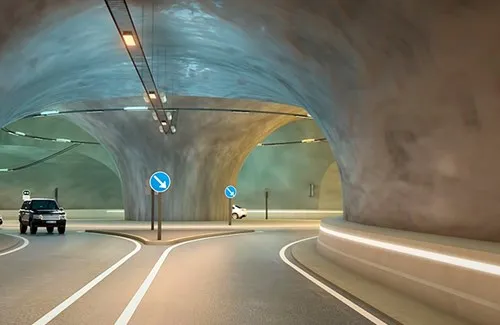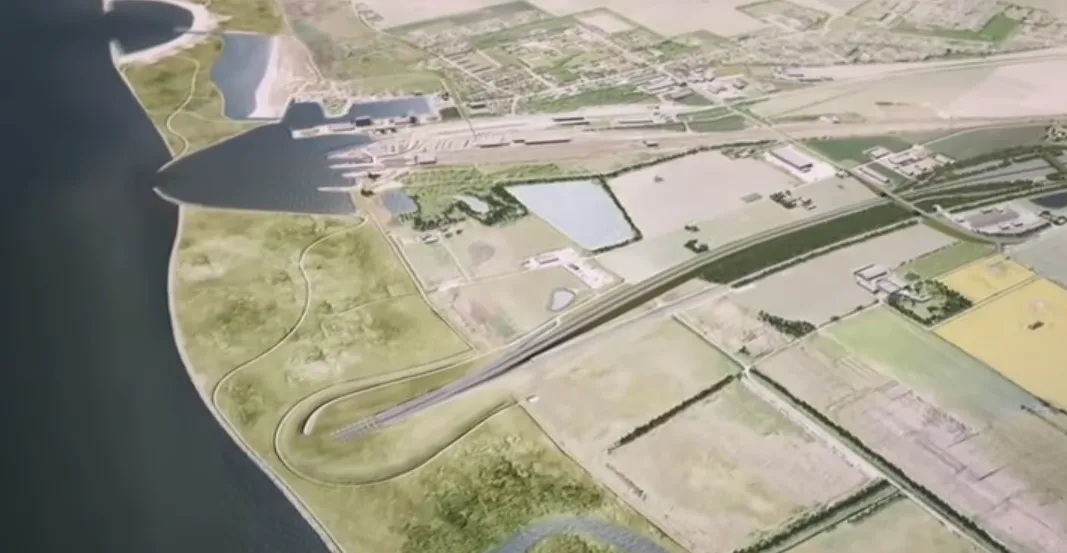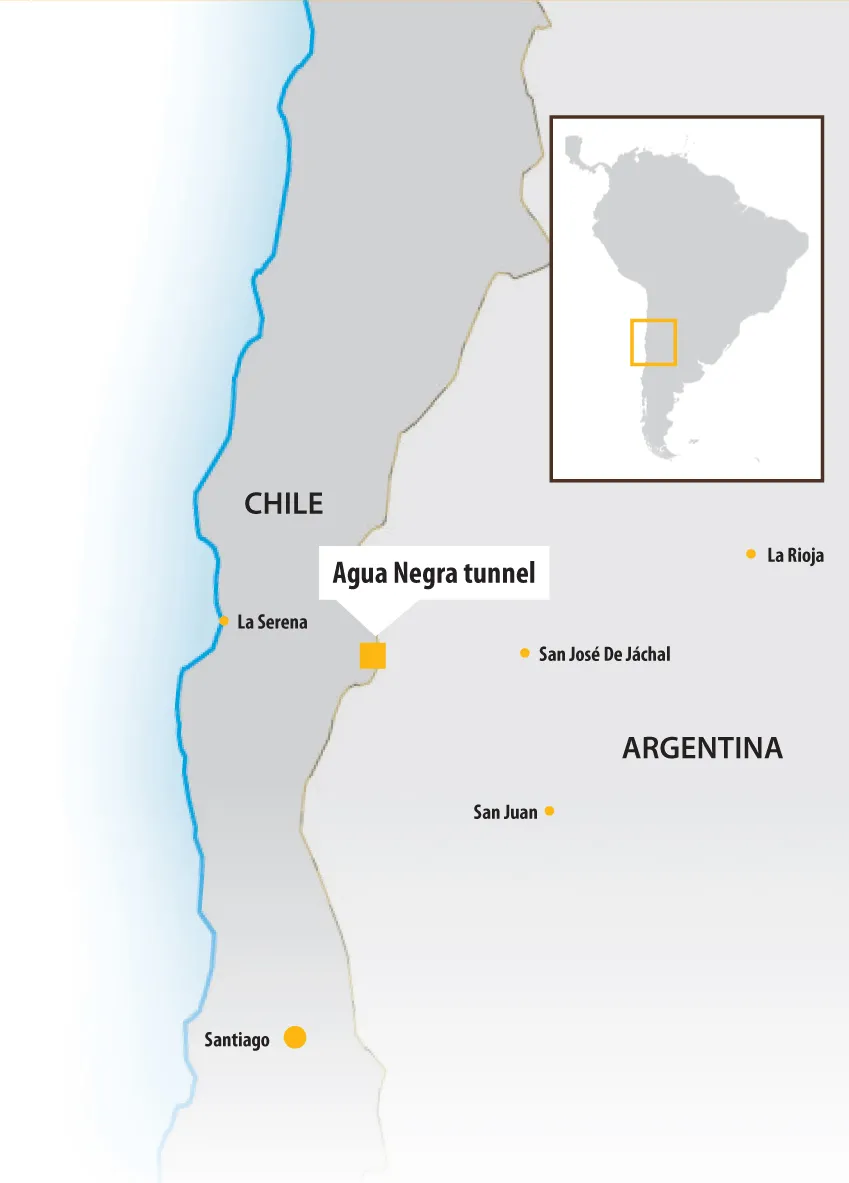A preliminary study on the proposed tunnel connecting the islands of Malta and Gozo has been carried out by Mott Macdonald. Mott Macdonald’s preliminary analysis of the Malta-Gozo undersea road link suggests that it would take 5-7 years to build a tunnel between the two islands. This report suggests a cost of €156-€492 million for a single bore three-lane tunnel on the shortest practical alignment route. Potentially, the project could be co-financed by the EU under the Cohesion Fund if a road tunnel link be
May 2, 2012
Read time: 3 mins
A preliminary study on the proposed tunnel connecting the islands of Malta and Gozo has been carried out by 2579 Mott MacDonald.
Mott Macdonald’s preliminary analysis of the Malta-Gozo undersea road link suggests that it would take 5-7 years to build a tunnel between the two islands. This report suggests a cost of €156-€492 million for a single bore three-lane tunnel on the shortest practical alignment route.
Potentially, the project could be co-financed by the EU under the Cohesion Fund if a road tunnel link between Malta and Gozo is defined on Malta’s TEN-T network.
Following this preliminary study,5411 Transport Malta is to conduct detailed feasibility studies on tunnel between Malta and Gozo. It has now been shown that the project would be technically and economically feasible and would benefit the economies of both Gozo and Malta. The report says that tunnel could increase tourist traffic by 14% if the tunnel toll is set at the same level as the current ferry. The report discusses four potential tunnel alignments - including building a tunnel on the ocean floor rather than boring it. But with regard to the overall length, depth and configuration and size of tunnels, an undersea tunnelled link between Malta and Gozo is feasible and does not exceed the capability of current technology.
According to the pre-feasibility study – which was secured as part of the EU Jaspers programme of technical assistance to Malta – the proposed tunnel is likely to reduce average journey times between the islands by at least 40 minutes. Four potential tunnel alignments have been assessed at a preliminary, conceptual level. These range in length between 6-10 kilometres, depending on their depth and structural design. The options take into account the engineering and environmental constraints that consultants were able to identify using existing data and information. The report states that the geology of the project area is potentially complex, with evidence of extensive faulting, and is not well documented. One option is for a 10km bored tunnel beneath Comino with tunnel portals on the southern slope of the Marfa Ridge in Malta and west of Nadur in Gozo. Another is for an 8.2km bored tunnel beneath Comino with tunnel portals on the southern slop of Marfa Ridge in Malta and north of Mġarr in Gozo, while a third is for a 6km pre-fabricated immersed tunnel lying partially within the seabed to the east of Comino with tunnel portals near Armier Bay in Malta and Ħondoq ir-Rummien in Gozo. The last is for a 9.2km tunnel beneath Comino with portals to the west of Mellieħa in Malta and north of Mġarr in Gozo.
Mott Macdonald’s preliminary analysis of the Malta-Gozo undersea road link suggests that it would take 5-7 years to build a tunnel between the two islands. This report suggests a cost of €156-€492 million for a single bore three-lane tunnel on the shortest practical alignment route.
Potentially, the project could be co-financed by the EU under the Cohesion Fund if a road tunnel link between Malta and Gozo is defined on Malta’s TEN-T network.
Following this preliminary study,
According to the pre-feasibility study – which was secured as part of the EU Jaspers programme of technical assistance to Malta – the proposed tunnel is likely to reduce average journey times between the islands by at least 40 minutes. Four potential tunnel alignments have been assessed at a preliminary, conceptual level. These range in length between 6-10 kilometres, depending on their depth and structural design. The options take into account the engineering and environmental constraints that consultants were able to identify using existing data and information. The report states that the geology of the project area is potentially complex, with evidence of extensive faulting, and is not well documented. One option is for a 10km bored tunnel beneath Comino with tunnel portals on the southern slope of the Marfa Ridge in Malta and west of Nadur in Gozo. Another is for an 8.2km bored tunnel beneath Comino with tunnel portals on the southern slop of Marfa Ridge in Malta and north of Mġarr in Gozo, while a third is for a 6km pre-fabricated immersed tunnel lying partially within the seabed to the east of Comino with tunnel portals near Armier Bay in Malta and Ħondoq ir-Rummien in Gozo. The last is for a 9.2km tunnel beneath Comino with portals to the west of Mellieħa in Malta and north of Mġarr in Gozo.









